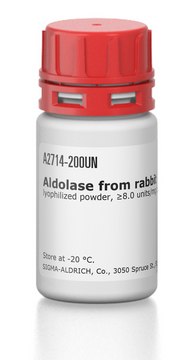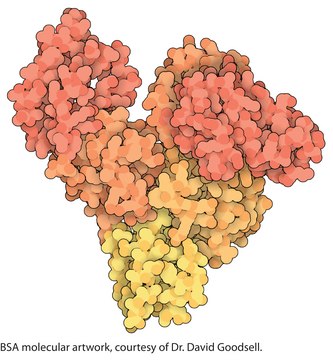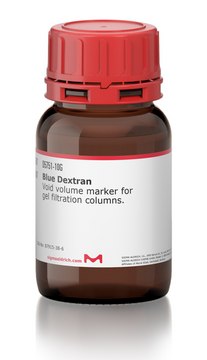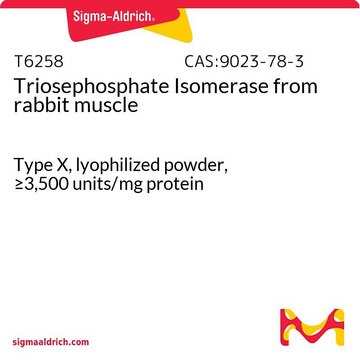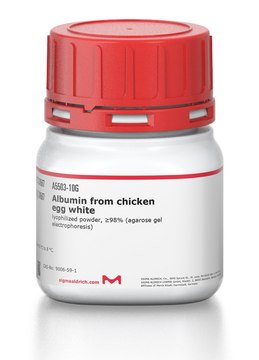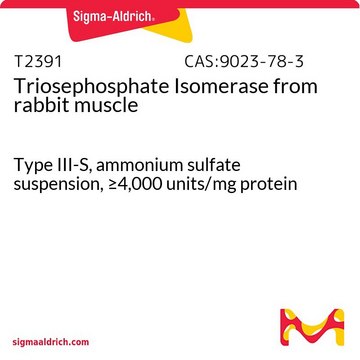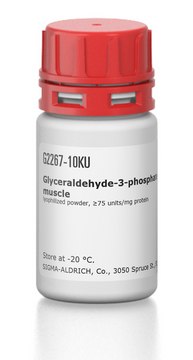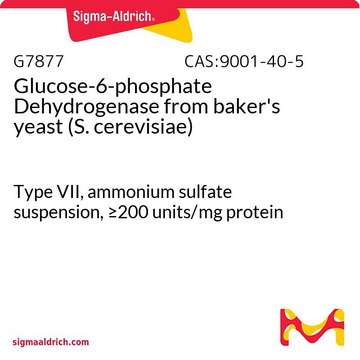Z253081
Liquid scintillation vials
volume 20 mL, clear glass vial, vials only, O.D. × H 28 mm × 57.5 mm, thread for 22-400, pkg of 500 ea
Synonym(s):
Scintillation Counting Vials
About This Item
Recommended Products
material
clear glass vial
feature
closure type screw top vial
packaging
pkg of 500 ea
O.D. × H
28 mm × 57.5 mm
volume
20 mL
fitting
thread for 22-400
Related Categories
1 of 4
This Item | GF60874106 | GF70366057 | GF37464150 |
|---|---|---|---|
| form rod | form rod | form rod | form rod |
| assay ≥99% trace metals basis | assay 99.2% | assay 99.2% | assay 99.2% |
| density 6.5 g/mL at 25 °C (lit.) | density 6.5 g/mL at 25 °C (lit.) | density 6.5 g/mL at 25 °C (lit.) | density 6.5 g/mL at 25 °C (lit.) |
| resistivity 40 μΩ-cm, 20°C | resistivity 40 μΩ-cm, 20°C | resistivity 40 μΩ-cm, 20°C | resistivity 40 μΩ-cm, 20°C |
| mp 1852 °C (lit.) | mp 1852 °C (lit.) | mp 1852 °C (lit.) | mp 1852 °C (lit.) |
| bp 4377 °C (lit.) | bp 4377 °C (lit.) | bp 4377 °C (lit.) | bp 4377 °C (lit.) |
General description
Application
- The advantage of black caps for liquid scintillation vials: This research, published in Analytical Biochemistry, discusses the benefits of using black caps for liquid scintillation vials in analytical chemistry. The study by Painter and Gezing highlights that black caps significantly reduce background noise and enhance the accuracy of scintillation counting, making them ideal for precise radioactive sample analysis in biochemical research. (Painter & Gezing, 1974).
related product
Choose from one of the most recent versions:
Certificates of Analysis (COA)
It looks like we've run into a problem, but you can still download Certificates of Analysis from our Documents section.
If you need assistance, please contact Customer Support
Already Own This Product?
Find documentation for the products that you have recently purchased in the Document Library.
Customers Also Viewed
Articles
Metal implants withstand demanding conditions in the human body, replacing or rebuilding hard tissues like bones and teeth.
Biomedical implants are essentially foreign substances within the human body that must survive many years’ exposure to demanding mechanical and physiological conditions. Despite these challenges, metal implants have been widely used to substitute for or rebuild hard tissues such as bones and teeth.
Our team of scientists has experience in all areas of research including Life Science, Material Science, Chemical Synthesis, Chromatography, Analytical and many others.
Contact Technical Service